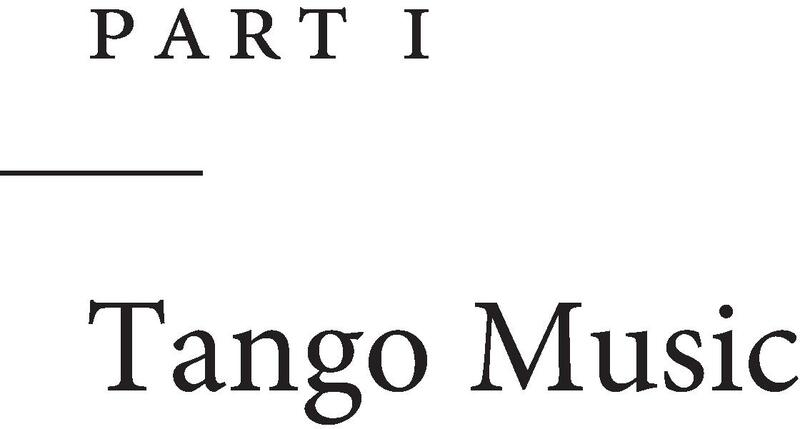Book contents
- The Cambridge Companion to Tango
- Cambridge Companions to Music
- The Cambridge Companion to Tango
- Copyright page
- Dedication
- Contents
- Figures
- Musical Examples
- Notes on Contributors
- Notes on the Text
- Acknowledgments
- Introduction: Tango Studies across Disciplinary and Geographic Boundaries
- 1 A Brief History of Tango
- Part I Tango Music
- Part II Tango Song
- Part III Tango Dance
- Part IV Interdisciplinary Tango Studies
- Appendix: Tango Chronology
- Song Title Index
- Index
- References
Part I - Tango Music
Published online by Cambridge University Press: 15 March 2024
- The Cambridge Companion to Tango
- Cambridge Companions to Music
- The Cambridge Companion to Tango
- Copyright page
- Dedication
- Contents
- Figures
- Musical Examples
- Notes on Contributors
- Notes on the Text
- Acknowledgments
- Introduction: Tango Studies across Disciplinary and Geographic Boundaries
- 1 A Brief History of Tango
- Part I Tango Music
- Part II Tango Song
- Part III Tango Dance
- Part IV Interdisciplinary Tango Studies
- Appendix: Tango Chronology
- Song Title Index
- Index
- References
Summary

- Type
- Chapter
- Information
- The Cambridge Companion to Tango , pp. 29 - 130Publisher: Cambridge University PressPrint publication year: 2024



